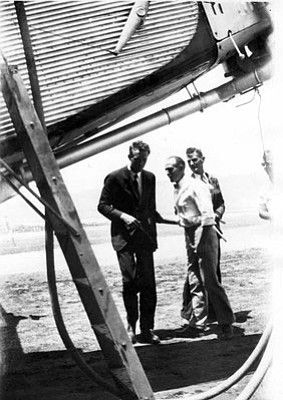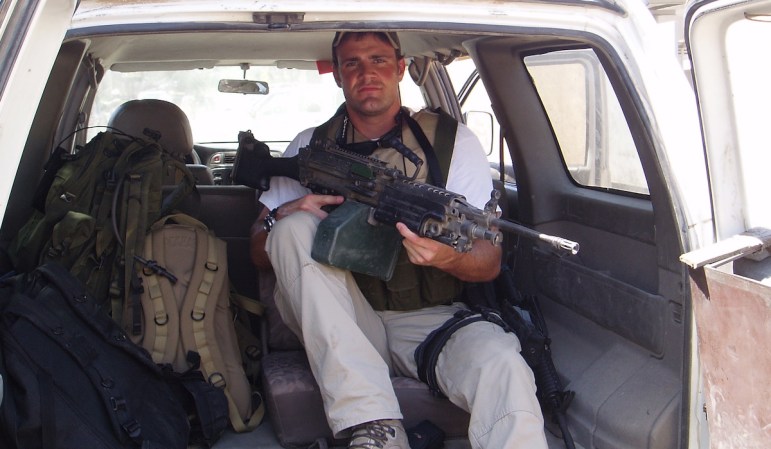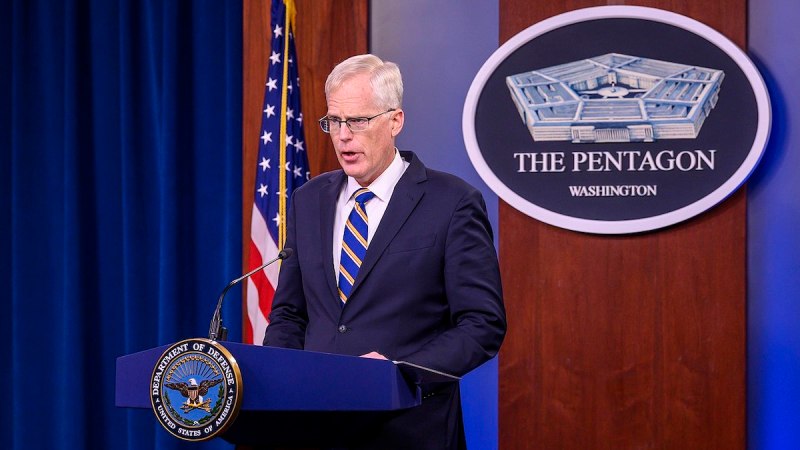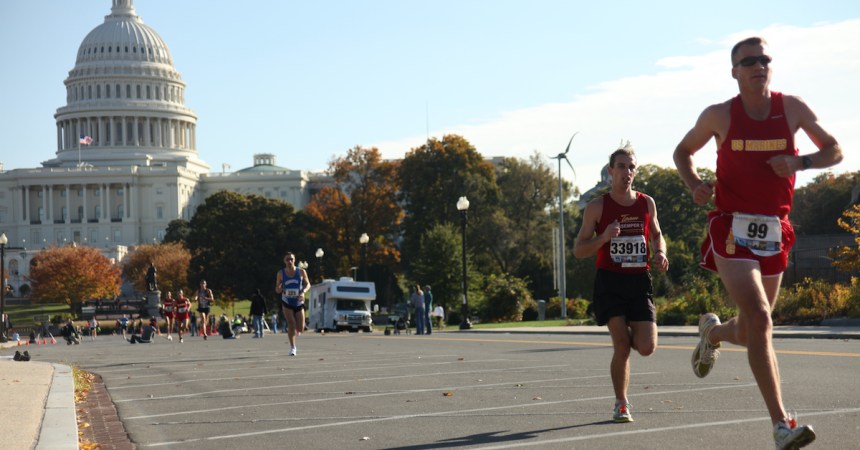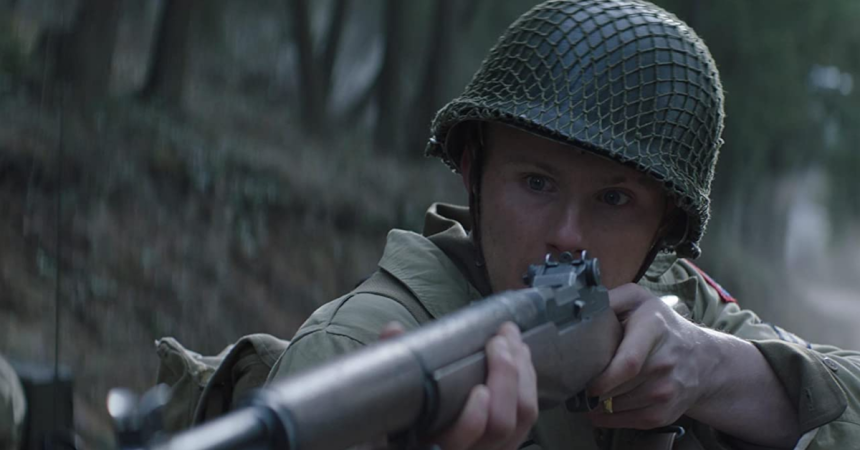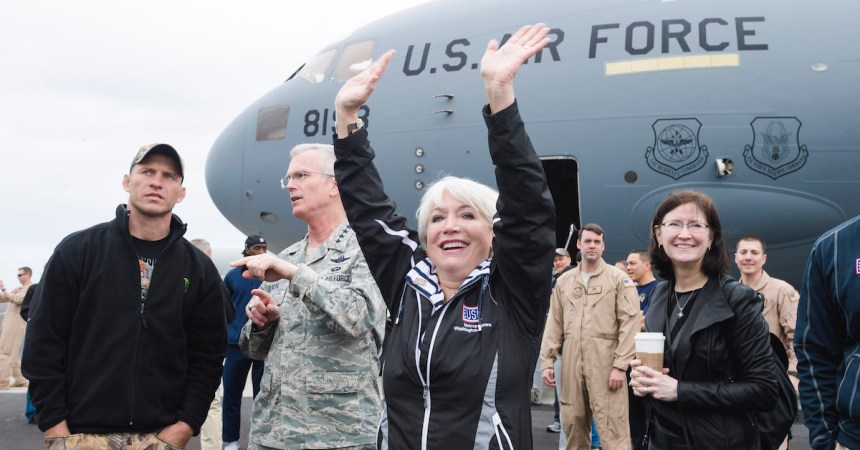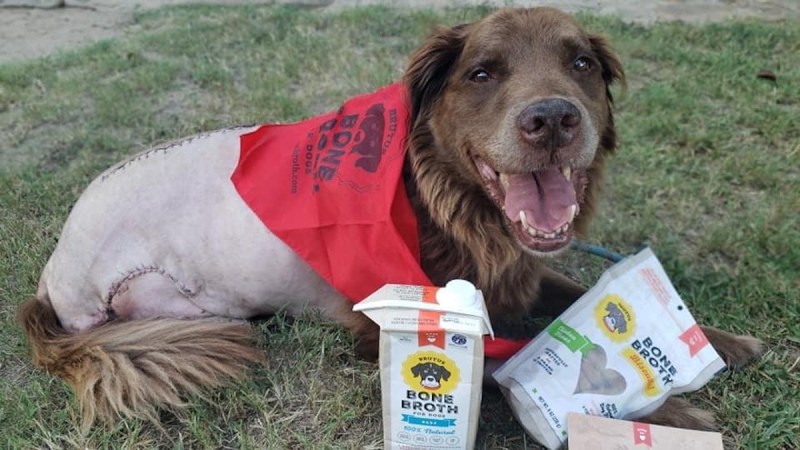In 1949, the French freighter Magellan steamed into New York Harbor with “Merci, America” painted on its bow. The ship was carrying 49 railway cars filled with thousands of gifts donated by the people of France — a thank you for the food donated by American citizens to help rebuild Europe after WWII.

Just two years before the Magellan arrived, the Marshall Plan inspired Americans to collect food and put their donations aboard what they called the “Friendship Train.” The train’s journey began in Los Angeles on Nov. 7, 1947, and arrived in New York City to a ticker-tape parade before shipping off to Europe.
Along the way, it stopped in many major cities on its 11-day route from sea to shining sea. When the cars arrived in the French city of Le Havre, it was 700 cars long and valued at some $40 million ($435 million adjusted for inflation).
Theme Trains, a site dedicated to the appreciation of historical railway events, notes that the idea of the American Friendship train was the brainchild of journalist Drew Pearson. Through his work and colleagues in Europe, he believed the Russians (and thus, Communists) were getting the credit for aid sent there through disinformation campaigns.
Pearson’s idea for the American train would make certain the Russians couldn’t take credit for western aid. He organized a grassroots effort through American newspapers, that effort resulted in the Friendship Train.
The people of France were so grateful that they responded with a train of their own — the Merci Train. French war veteran Andre Picard organized 49 WWI-era boxcars, one for each state (Hawaii and Washington, D.C. shared a car). The cars were filled with personal gifts from individual French citizens.

When the Magellan arrived with the boxcars in 1949, delegations from each state received it, then sent its train on a tour of their state. The boxcars bore a ribbon reading “gratitude train,” along with every crest from the provinces of France. They came to rest in public locations that vary from state to state — parks, museums, schools — for the public to view.




